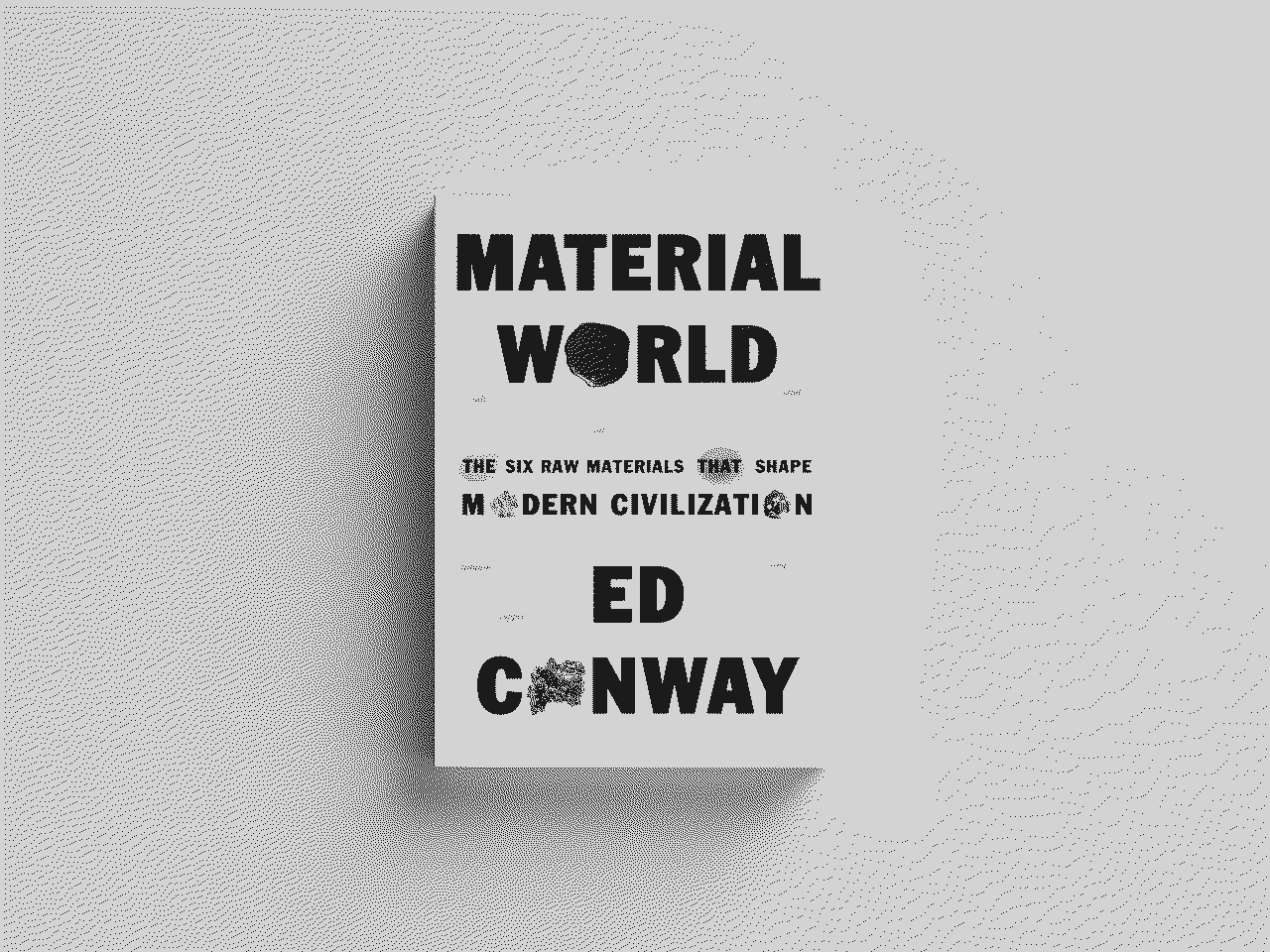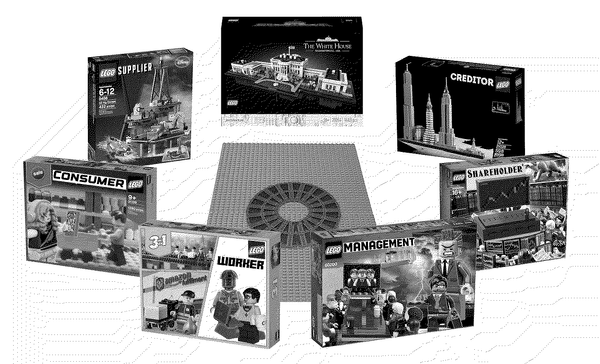Material World: The Six Raw Materials That Shape Modern Civilization
Uncovering our civilization’s addictions

Exploration of the raw materials that underpin our modern lives: sand, salt, iron, copper, oil, and lithium. These materials have not only built our contemporary infrastructure but have also fueled historical shifts in power and economic development.
A book by Ed Conway
Sand and Salt: The Ubiquitous Builders
Sand, the primary component in concrete and glass, is fundamental to urban development. Its ubiquitous presence in our cities highlights its importance in constructing modern landscapes. Salt, while essential for human consumption, has a storied past in preservation and as a key trade commodity, significantly influencing global trade routes.
Iron and Copper: The Industrial Revolutionaries
Iron, crucial for steel production, has been a backbone of industrialization, providing the structural integrity for buildings, bridges, and railways. Copper, essential for electrical wiring, has become even more vital with the advent of modern electronics, playing a key role in our digital infrastructure.
Oil and Lithium: The Energy Lifelines
Oil, the lifeblood of the 20th century, has driven transportation and industrial power but also sparked geopolitical conflicts. In contrast, lithium is pivotal in the 21st century, powering the rechargeable batteries in our smartphones, laptops, and electric vehicles, symbolizing the shift towards renewable energy sources.
It’s a good reminder of our civilization’s addictions




